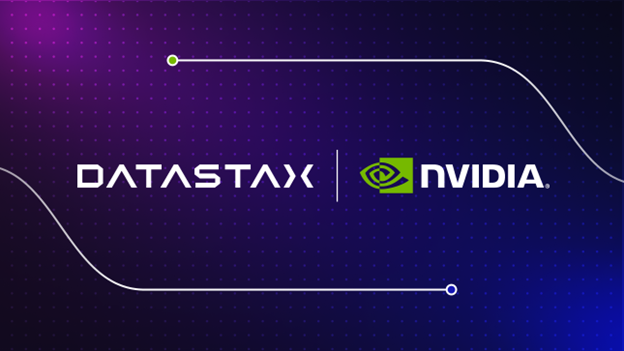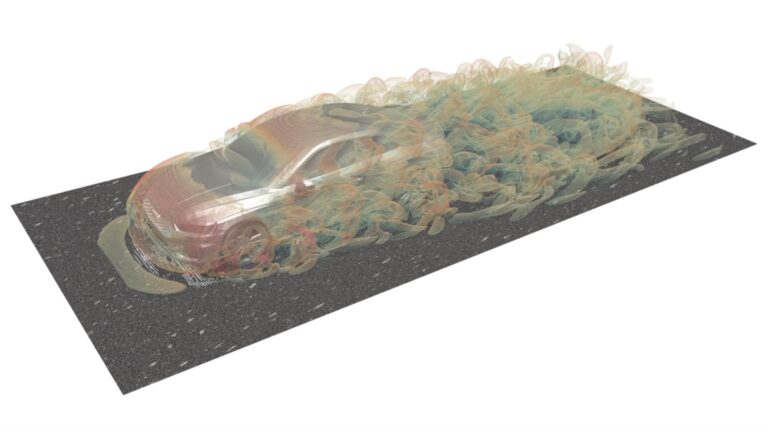 As enterprises increasingly adopt AI technologies, they face a complex challenge of efficiently developing, securing, and continuously improving AI applications…
As enterprises increasingly adopt AI technologies, they face a complex challenge of efficiently developing, securing, and continuously improving AI applications…
As enterprises increasingly adopt AI technologies, they face a complex challenge of efficiently developing, securing, and continuously improving AI applications to leverage their data assets. They need a unified, end-to-end solution that simplifies AI development, enhances security, and enables continuous optimization, allowing organizations to harness the full potential of their data for AI…

 The integration of robotic surgical assistants (RSAs) in operating rooms offers substantial advantages for both surgeons and patient outcomes. Currently…
The integration of robotic surgical assistants (RSAs) in operating rooms offers substantial advantages for both surgeons and patient outcomes. Currently… There’s never enough time to do everything, even in engineering education. Employers want engineers capable of wielding simulation tools to expedite iterative…
There’s never enough time to do everything, even in engineering education. Employers want engineers capable of wielding simulation tools to expedite iterative… Electric vehicle (EV) charging is getting a jolt with an innovative new AI algorithm that boosts efficiency, reduces cost, and keeps the grid from…
Electric vehicle (EV) charging is getting a jolt with an innovative new AI algorithm that boosts efficiency, reduces cost, and keeps the grid from… Simulations play a critical role in advancing science and engineering, especially in the vast field of fluid dynamics. However, high-fidelity fluid simulations…
Simulations play a critical role in advancing science and engineering, especially in the vast field of fluid dynamics. However, high-fidelity fluid simulations…